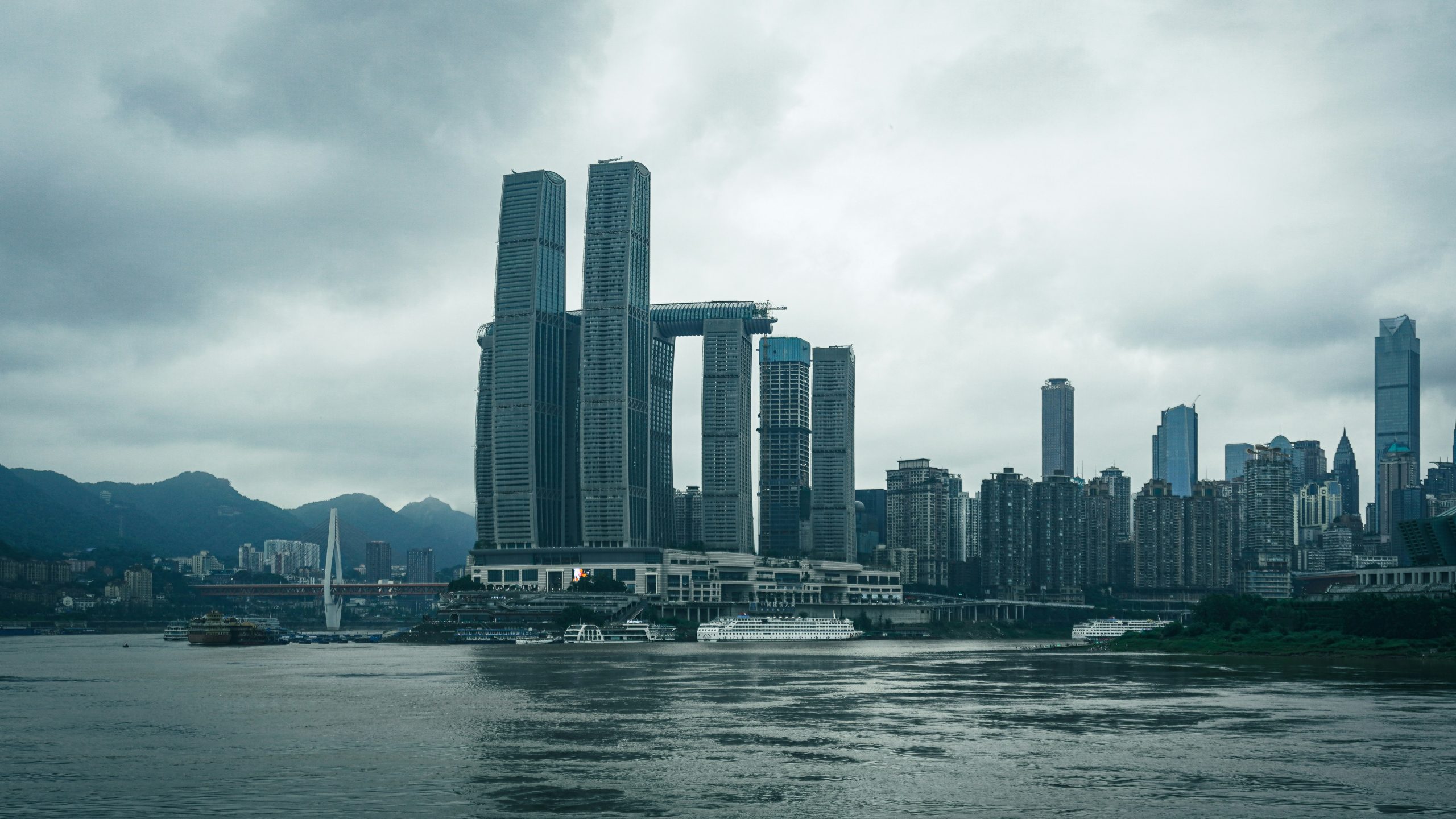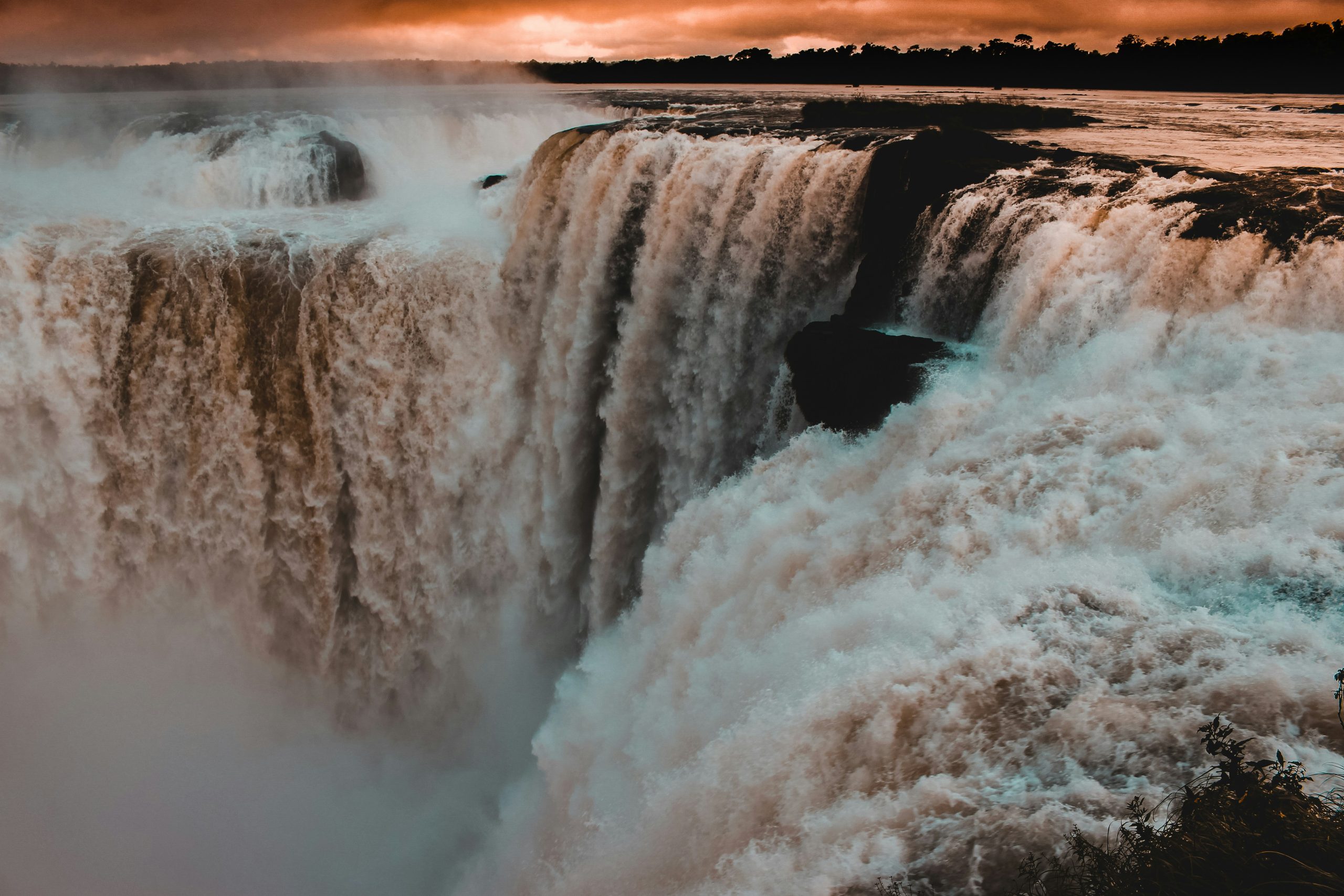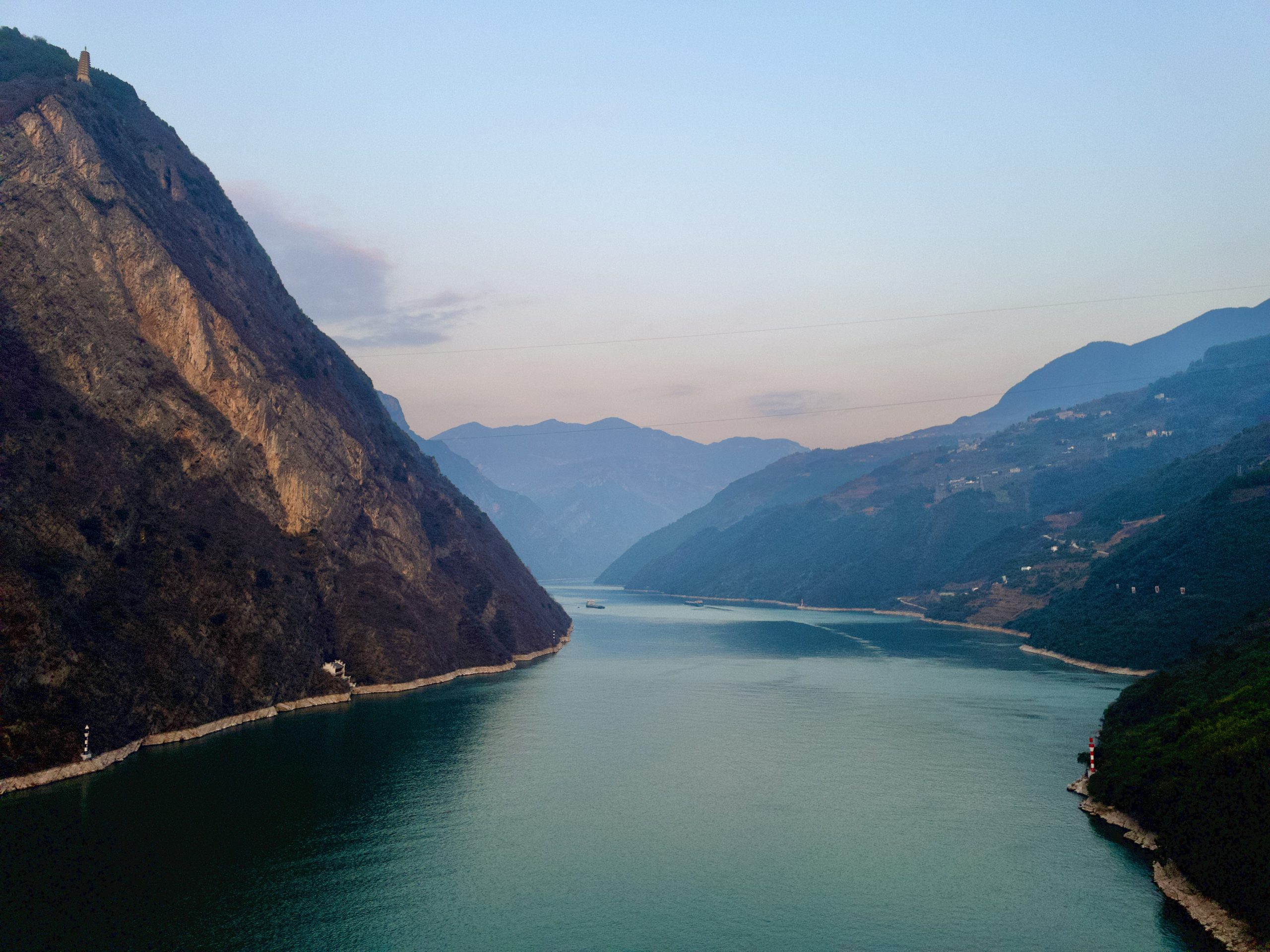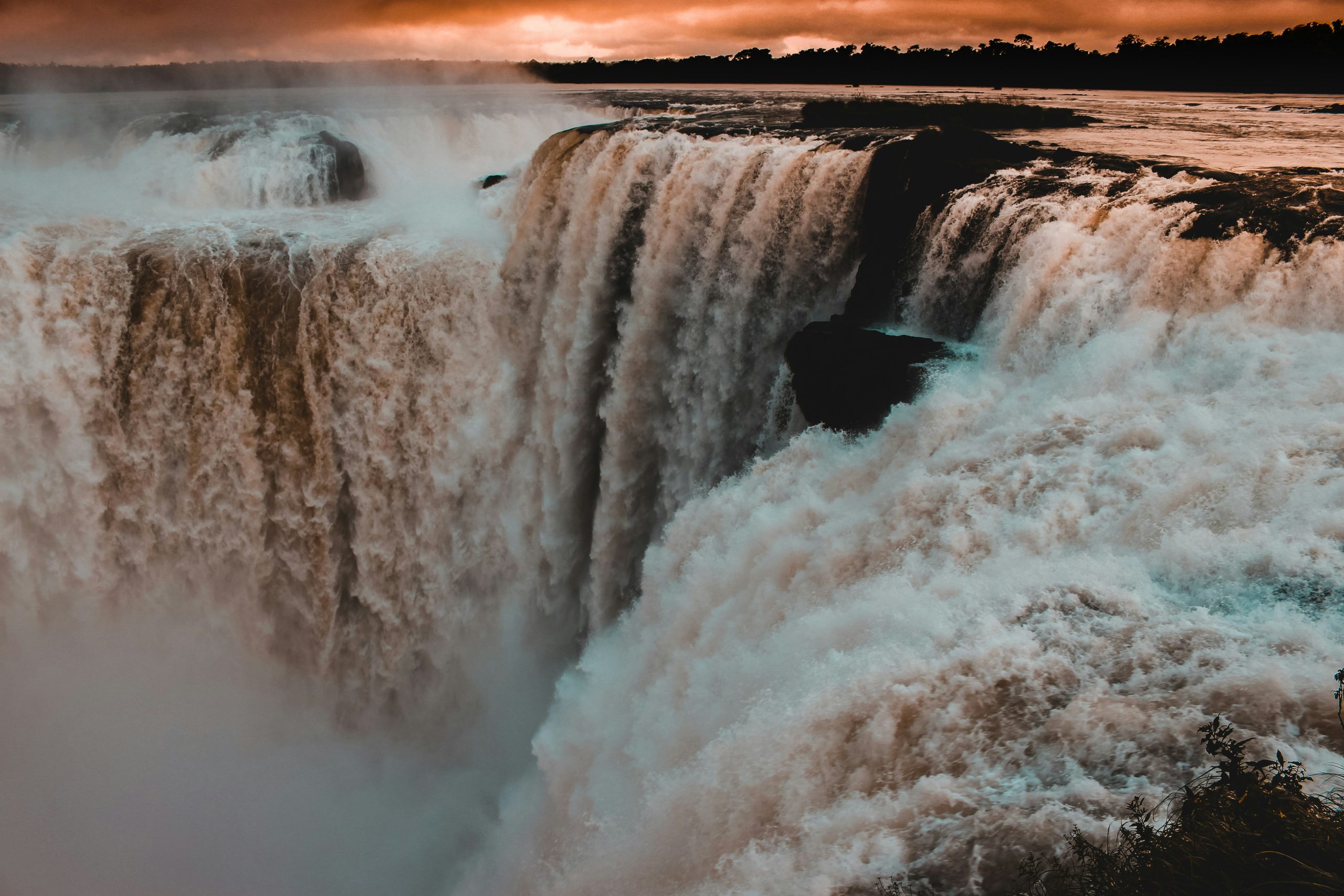Discover the allure of the Yangtze River, where breathtaking landscapes, rich history, and vibrant culture converge to create a tapestry of beauty like no other. Join us on a journey to unravel the secrets of what makes the Yangtze River one of the most stunning destinations in the world.
The Majestic Scenery along Yangtze River

The Yangtze River: A Symphony of Nature’s Beauty
The Yangtze River, often referred to as the heart and soul of China, weaves its way through stunning landscapes and diverse ecosystems, showcasing some of the most majestic scenery in the world. Let’s embark on a virtual journey along the Yangtze River to discover its breathtaking beauty.
Mountains Carved by Time
As the Yangtze River flows gently through the land, it is embraced by towering mountains that seem to touch the sky. These ancient giants, weathered by time and elements, stand as silent sentinels guarding the river below. The cliffs and peaks along the Yangtze create a dramatic backdrop that changes with the shifting light, offering visitors a different perspective at every turn.
Dancing Waters and Enchanting Gorges
The waters of the Yangtze River dance and swirl, carving their way through deep gorges that leave onlookers in awe of nature’s power. One of the most famous gorges, the Three Gorges, with its steep cliffs and emerald waters, is a sight to behold. Traveling through these gorges on a river cruise is an experience that immerses you in the mystical allure of the Yangtze.
Flourishing Flora and Fauna
Along the banks of the Yangtze River, a tapestry of flora and fauna unfurls in vibrant hues. From lush forests to colorful blooms, the river’s ecosystem is a haven for a diverse array of plant and animal life. Keep an eye out for graceful egrets fishing in the shallows and the gentle sway of bamboo forests as you drift along the Yangtze.
Local Life and Ancient Traditions
As the Yangtze River winds its way through remote villages and bustling cities, it offers a glimpse into local life and ancient traditions that have stood the test of time. Fishermen casting their nets, farmers tending to their fields, and traditional ceremonies honoring the river’s spirit are all part of the rich tapestry of culture along the Yangtze.
Sunset Magic and Sunrise Serenity
At dawn, the Yangtze River awakens in a symphony of serenity as the sun casts a gentle glow over the tranquil waters. And as dusk falls, the river transforms into a canvas of colors, painting the sky with hues of pink, orange, and gold. Watching the sunrise and sunset along the Yangtze is a magical experience that etches itself into your memory forever.
Exploring the majestic scenery along the Yangtze River is a journey of discovery and wonder, where every bend in the river reveals a new marvel of nature’s beauty. From towering mountains to lush forests, from ancient traditions to vibrant wildlife, the Yangtze River is a treasure trove of experiences waiting to be explored.
The Rich Cultural Heritage of Yangtze River

The Melting Pot of Cultures Along the Yangtze River
The Yangtze River, often referred to as the heart and soul of China, carries with it a rich tapestry of cultural heritage that stretches back through millennia. As the longest river in Asia and the third-longest in the world, the Yangtze has played a vital role in shaping the diverse cultures that line its banks.
Cultural Landmarks Along the Yangtze River
From the bustling metropolis of Shanghai to the ancient town of Fengdu, the Yangtze River weaves its way through a landscape dotted with cultural landmarks that offer a glimpse into China’s storied past. The Three Gorges, a series of breathtakingly beautiful gorges along the river, are not only a natural wonder but also home to a wealth of historical sites.
One cannot overlook the significance of the Three Gorges Dam, a feat of modern engineering that stands as a symbol of China’s ambition and progress. Yet, amid the towering skyscrapers and impressive infrastructure, smaller, more traditional cultural sites can be found, such as the Shibaozhai Temple with its rich history and stunning architecture.
Traditional Practices and Festivals
Along the Yangtze, traditional practices and festivals have been faithfully preserved, offering visitors a chance to immerse themselves in the customs and rituals of the region. From the lively Dragon Boat Festival celebrated with colorful races to the solemn Ghost Festival honoring ancestors, each event showcases the beauty and depth of Chinese culture.
Local villages along the Yangtze River are havens of tradition, where ancient crafts such as pottery-making and silk-weaving are still practiced with meticulous care. Visitors can witness firsthand the skill and dedication of artisans who have passed down their craft through generations.
Culinary Delights from the Yangtze
No exploration of culture along the Yangtze River would be complete without savoring its culinary delights. The region is known for its diverse cuisine, from the spicy flavors of Sichuan to the delicate dim sum of Shanghai. Each dish tells a story of history and heritage, offering a tantalizing experience for the taste buds.
Visitors can sample local specialties like hot pot, a communal dining experience that brings people together around a steaming pot of broth, or xiaolongbao, soup dumplings that burst with flavor. Every bite is a celebration of the rich cultural heritage that flows along the Yangtze River.
Preserving the Past for the Future
As China continues to embrace modernization and development, efforts are being made to preserve the rich cultural heritage of the Yangtze River for future generations. Sustainable tourism practices and heritage conservation projects aim to protect the traditions and sites that make the Yangtze a cultural treasure trove.
By valuing and safeguarding the diverse cultures that thrive along its banks, the Yangtze River remains a beacon of history and heritage, inviting travelers to embark on a journey of discovery through its rich tapestry of traditions.
The Breathtaking Wildlife Diversity of Yangtze River

The Majestic Yangtze River
The Yangtze River is not only the longest river in Asia but also home to a remarkable array of wildlife that captivates the hearts of nature enthusiasts. Spanning over 6,300 kilometers, this iconic river flows through diverse landscapes, providing a habitat for a rich diversity of plant and animal species.
Avian Wonders
One of the most enchanting aspects of the Yangtze River is its thriving bird population. Along its banks and in the surrounding wetlands, birdwatchers can spot a plethora of avian species. From the elegant White-crowned Crane to the elusive Chinese Sparrowhawk, the river teems with feathered wonders that soar through the skies and perch on the branches of lush riverside forests.
Aquatic Marvels
Beneath the surface of the Yangtze River lies a hidden world of aquatic marvels. The river is home to an impressive variety of fish species, including the iconic Chinese sturgeon, an ancient fish species that has called the Yangtze its home for millions of years. In addition to fish, the river harbors other fascinating aquatic creatures such as the Giant Salamander and various species of freshwater turtles.
Mammals of the Yangtze
The diverse landscape surrounding the Yangtze River provides a habitat for a range of mammalian species. From the playful Giant Panda in the bamboo forests of Sichuan to the majestic Chinese Water Deer that roam the riverbanks, the region is a treasure trove of terrestrial wildlife. In the remote mountains and dense forests, elusive predators like the Leopard Cat and the Golden Takin add to the rich tapestry of mammalian life along the river.
Conservation Challenges
Despite its natural abundance, the Yangtze River faces significant conservation challenges. Human activities such as pollution, overfishing, and habitat destruction threaten the delicate balance of the river ecosystem and the survival of its wildlife. Conservation efforts are underway to protect the unique biodiversity of the Yangtze and ensure the long-term sustainability of this vital natural resource.
Preserving a Natural Wonder
As we marvel at the breathtaking wildlife diversity of the Yangtze River, it is essential to recognize the importance of preserving this natural wonder for future generations. By raising awareness, supporting conservation initiatives, and embracing sustainable practices, we can safeguard the precious ecosystems of the Yangtze and ensure that its wildlife continues to thrive for years to come.
In conclusion, the Yangtze River stands as a testament to the awe-inspiring beauty and biodiversity of the natural world. From its soaring birds to its elusive mammals, the river is a living tapestry of life that beckons us to cherish and protect its wonders. By nurturing this unique ecosystem, we can ensure that the Yangtze River remains a sanctuary for wildlife and a source of wonder for generations to come.
The Unique Geographical Features of Yangtze River
As one of the longest rivers in the world, the Yangtze River carves its way through the heart of China, boasting a diverse range of geographical features that make it a truly remarkable natural wonder.
The Mighty Three Gorges
The Three Gorges, consisting of the Qutang, Wu, and Xiling Gorges, are perhaps the most iconic features of the Yangtze River. These towering gorges, with their steep cliffs and turbulent waters, create a dramatic and breathtaking landscape that has captured the imagination of travelers for centuries.
The Yarlung Tsangpo Grand Canyon
Further upstream from the Three Gorges lies the Yarlung Tsangpo Grand Canyon, often referred to as the world’s deepest canyon. Carved by the powerful flow of the Yangtze River, this awe-inspiring canyon offers stunning views of rugged cliffs, lush forests, and cascading waterfalls that showcase the raw power of nature.
The Tibetan Plateau
The Yangtze River originates from the Tibetan Plateau, the world’s highest and largest plateau. This elevated region not only gives birth to the mighty river but also influences its unique characteristics, such as its crystal-clear waters and rich biodiversity. Exploring the source of the Yangtze River allows travelers to witness the pristine beauty of this remote and unspoiled landscape.
The Diverse Ecosystem
Along its course, the Yangtze River supports a diverse ecosystem that includes rare species of plants and animals. From the lush forests of the upper reaches to the marshlands of the lower reaches, the river’s ecosystem provides a habitat for a wide range of wildlife, including the endangered Yangtze finless porpoise and the giant salamander.
The Historic Cultural Sites
In addition to its natural beauty, the Yangtze River is also home to a wealth of historic cultural sites. From ancient temples and pagodas to traditional riverside villages, the Yangtze River basin is dotted with landmarks that reflect China’s rich history and cultural heritage. Exploring these sites allows travelers to gain a deeper understanding of the region’s past and its connections to the present.
In conclusion, the Yangtze River’s unique geographical features, from the majestic Three Gorges to the pristine Tibetan Plateau, offer a captivating blend of natural beauty and cultural significance. Navigating its waters is not just a journey through a river; it is an exploration of China’s rich natural and historical tapestry.
